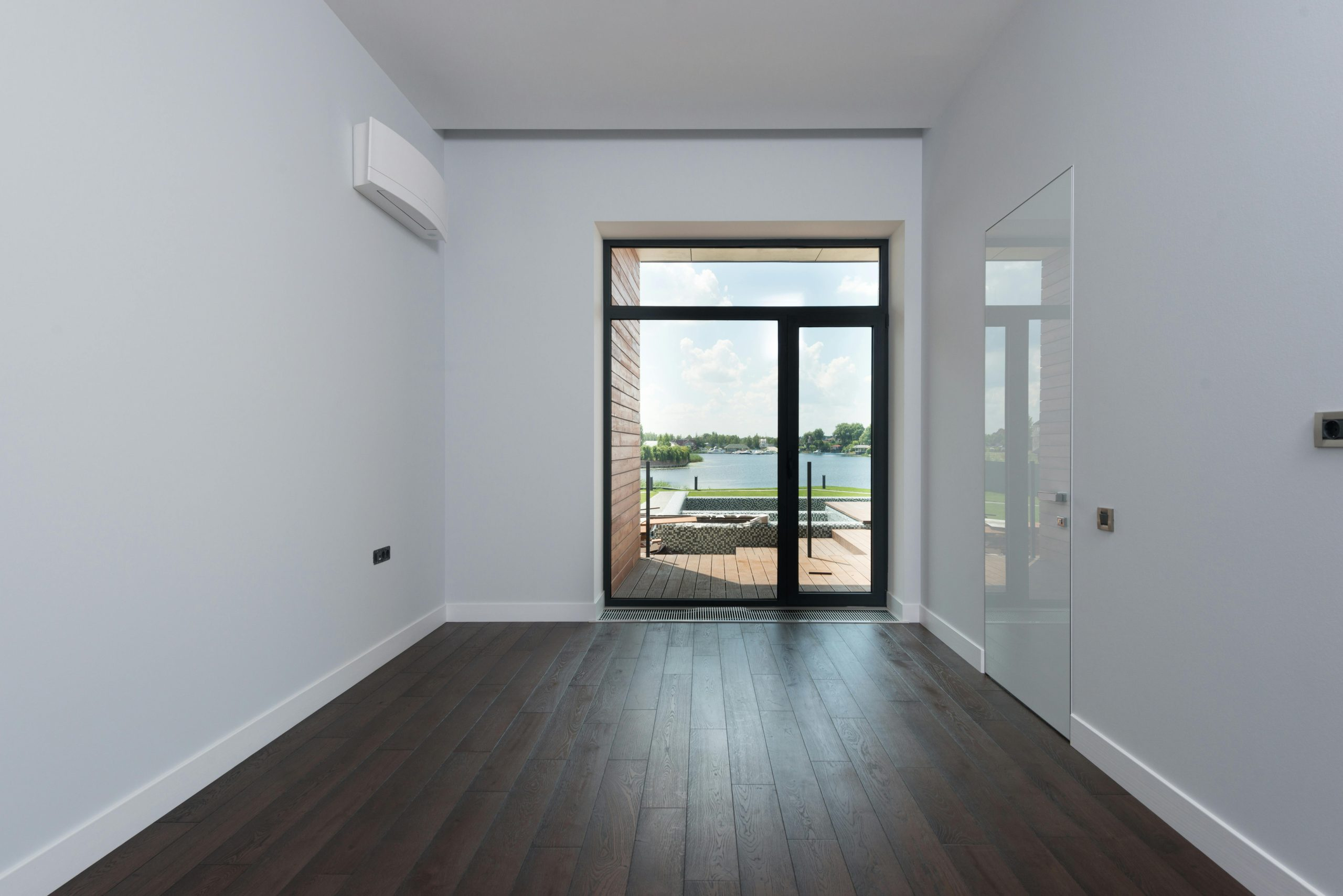The Rise of Build-to-Rent Communities: A New Housing Model
The traditional model of homeownership has long been considered the cornerstone of the American Dream. However, with rising housing costs and changing demographics, there has been a growing trend towards a new housing model – build-to-rent communities. In these communities, individuals and families are choosing to rent rather than buy, and developers are taking notice. This shift in the housing market has sparked a new wave of innovation and investment, leading to the rise of build-to-rent communities as a viable alternative to traditional homeownership.
The Evolution of the Housing Market
In recent years, the housing market has experienced a significant transformation due to changing economic, social, and demographic factors. The rise in housing costs, particularly in major cities and urban areas, has made it increasingly unaffordable for many individuals and families to purchase a home. This, combined with the growing student loan debt and shifting attitudes towards homeownership among millennials, has resulted in a decline in the homeownership rate in the United States.
At the same time, there has been a surge in demand for rental properties, with more and more people choosing to rent rather than buy. According to a report by the Joint Center for Housing Studies at Harvard University, the number of renter households has been steadily increasing over the past decade and is expected to continue in the coming years. This trend has created an opportunity for developers to explore alternative housing models, such as build-to-rent communities, to meet the demand.
Understanding Build-to-Rent Communities
Build-to-rent communities, also known as single-family rental communities or build-to-rent neighborhoods, are designed and developed specifically for renting rather than for sale. In these communities, tenants occupy single-family homes, often in a subdivision-style layout, with shared amenities and services such as parks, pools, and fitness centers. These homes are typically built with high-quality materials and modern designs, with the aim of providing a desirable living experience for renters.
One of the main advantages of build-to-rent communities is the flexibility they offer. Tenants have the freedom to move after their lease is up, without worrying about selling their home. This is especially appealing for young professionals and families who may have to relocate frequently for work or personal reasons. Additionally, build-to-rent communities often come with the convenience of a landlord or property management company, taking care of maintenance and repairs, making it an attractive option for those who do not want the responsibilities of homeownership.
The Benefits for Developers
While the concept of build-to-rent communities may have started as a solution to the changing housing market, it has now become a lucrative business opportunity for developers. Unlike traditional homeownership, where developers need to find buyers before construction, build-to-rent communities offer the guarantee of rental income from the start, making them a less risky investment. Additionally, the demand for rental properties has driven up rental rates, providing higher returns for developers.
The rise of build-to-rent communities has also spurred innovation in the construction industry, with developers looking for more efficient and cost-effective ways to build these communities. By using modular construction, prefabricated materials, and other modern building techniques, developers can reduce construction time and costs while maintaining high-quality homes. This has the potential to attract more investors and increase the supply of build-to-rent communities in the market.
Looking Ahead
The rise of build-to-rent communities has sparked a new debate on the future of the housing market. While it is unlikely to replace traditional homeownership, it has undoubtedly become a significant player in the market. As millennials continue to delay homeownership and the demand for rental properties remains strong, build-to-rent communities will continue to be a viable housing option for many. With more developers and investors recognizing its potential, we can expect to see a continued growth in these communities in the coming years.
In conclusion, the rise of build-to-rent communities marks a significant shift in the housing market, offering a new housing model that addresses the changing needs and preferences of today’s renters. With its benefits for both tenants and developers, it is clear that this trend is here to stay and will continue to shape the future of the housing industry.










